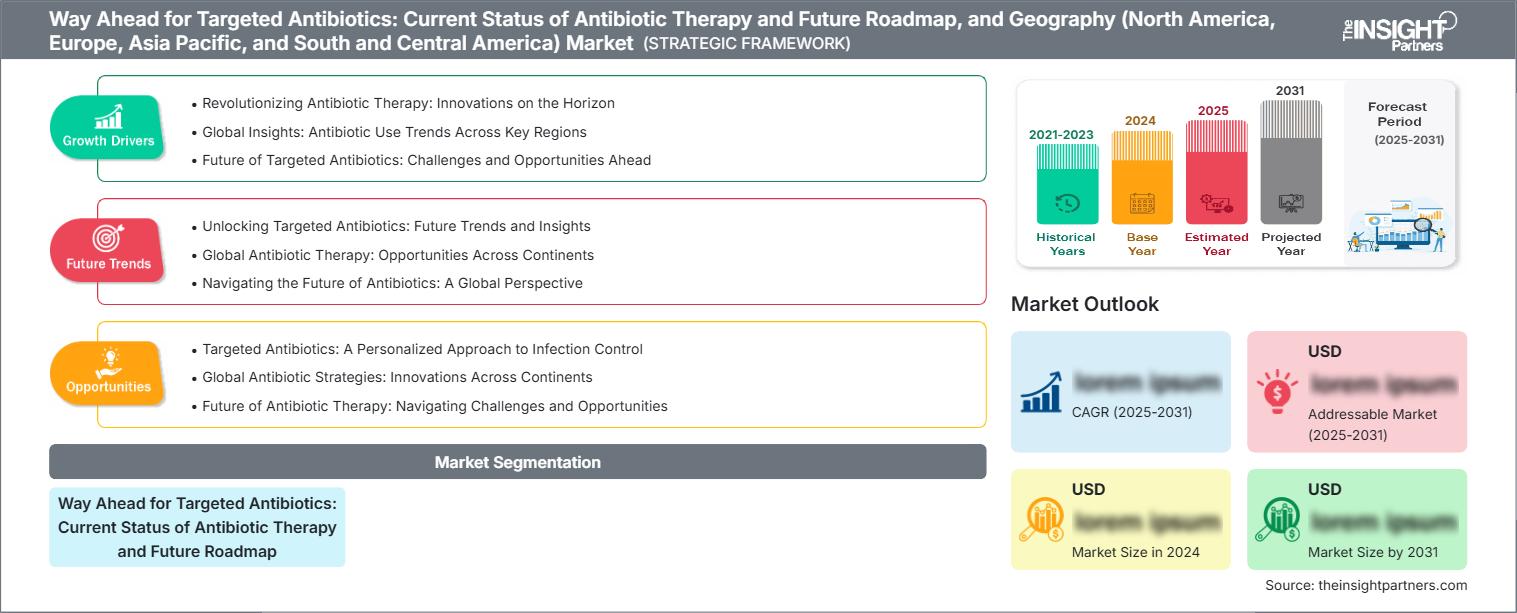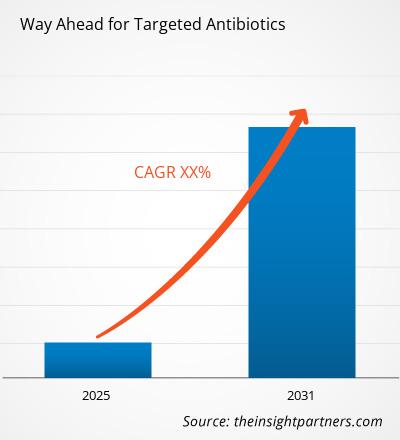Antibiotics are the foundation element in modern medicine and have a record of reducing the burden of infectious diseases, reduce and even contain mortality. Ability of prompt treatment of infections without the need for identifying the causative pathogen has resulted in curbing the prevalence of infections and opened several opportunities for modern medicine in form of surgeries, organ transplantation, chemotherapy and neonatal and pediatric care. However, all such benefits are eating away the mentioned and many more benefits, leading the WHO to warn on the possibility of post-antibiotic era, and the associated burden of antibiotic resistance. With continued antibiotic resistance, it is anticipated that by 2050, antibiotic resistant infections will account for more than 10 million annual deaths and the cost burden on the global economy to reach up to USD 100 trillion.
Management and containment of antibiotic resistance is a multi-faceted clinical, regulatory and economic approach. Such steps range from improving regulatory framework, pumping the pipeline, development of new narrow spectrum antibiotics and alternative therapies, changing therapy goals, to incentivizing targeted antibiotic development. A major aspect of antibacterial strategy is the development and commercialization of targeted antibiotics, i.e. antibacterial drugs that are specific to a species or genus. This study discusses the challenges and advantages to this approach and highlight some recommendations that will help move towards the identification of narrow spectrum and targeted antibiotics. This review is not a comprehensive compilation of reviews and market trends, but is to be used as a highlight of some recent advancements and prevalent dynamics in the area of targeted antibiotics.
Customize This Report To Suit Your Requirement
You will get customization on any report - free of charge - including parts of this report, or country-level analysis, Excel Data pack, as well as avail great offers and discounts for start-ups & universities
Way Ahead for Targeted Antibiotics: Current Status of Antibiotic Therapy and Future Roadmap, and Geography (North America, Europe, Asia Pacific, and South and Central America)Market: Strategic Insights

- Get Top Key Market Trends of this report.This FREE sample will include data analysis, ranging from market trends to estimates and forecasts.
You will get customization on any report - free of charge - including parts of this report, or country-level analysis, Excel Data pack, as well as avail great offers and discounts for start-ups & universities
Way Ahead for Targeted Antibiotics: Current Status of Antibiotic Therapy and Future Roadmap, and Geography (North America, Europe, Asia Pacific, and South and Central America)Market: Strategic Insights

- Get Top Key Market Trends of this report.This FREE sample will include data analysis, ranging from market trends to estimates and forecasts.
The promising strategies for combating resistant bacterial infections can be prevention of infection and consequent risk of resistance, refurbishing of the antibiotic pipeline aby deploying a blend of economic and regulatory measures, slowing the risk of resistance by preserving the use of available antibiotics, developing a novel approach of microbe-attacking treatments to reduce the potential to resistant infections, developing species specific and narrow spectrum antibiotics, and developing treatments that host targets than the microbial agents.
Improved usage regimen to augment the utility of currently available antibiotics is indeed the best strategy to contain the risk of resistance, however, lack of well-defined tracking mechanism and availability of uniform resources holds back the potential of this approach. An alternative approach is the development of novel antibiotics as a targeted approach, thus attacking the causative pathogen, and therefore have a reduced or even minimal impact on the microbiota. Spectrum antibiotics are often viewed as a generalized and coarse approach these drugs not only tackle the causative pathogen but also cause a visible damage to the other microbiome. Thus such untargeted treatments can have critical consequences in terms of eventual disease development, and hence urges the need for novel generation of antibiotics, and eventual requirement for a shift to address these concerns. Some potential candidates that have recently reached late stage clinical development (targeted pathogen specific antibiotics) include Ridinilazole, Afabicin, and AR-101. There are some preclinical candidates that are potential treatments for resistant bacteria.
Way Ahead for Targeted Antibiotics: Current Status of Antibiotic Therapy and Future Roadmap, and Geography (North America, Europe, Asia Pacific, and South and Central America)Market Regional Insights
The regional trends and factors influencing the Way Ahead for Targeted Antibiotics: Current Status of Antibiotic Therapy and Future Roadmap, and Geography (North America, Europe, Asia Pacific, and South and Central America)Market throughout the forecast period have been thoroughly explained by the analysts at The Insight Partners. This section also discusses Way Ahead for Targeted Antibiotics: Current Status of Antibiotic Therapy and Future Roadmap, and Geography (North America, Europe, Asia Pacific, and South and Central America)Market segments and geography across North America, Europe, Asia Pacific, Middle East and Africa, and South and Central America.
Way Ahead for Targeted Antibiotics: Current Status of Antibiotic Therapy and Future Roadmap, and Geography (North America, Europe, Asia Pacific, and South and Central America)Market Report Scope
| Report Attribute | Details |
|---|---|
| Market size in 2024 | US$ XX million |
| Market Size by 2031 | US$ XX Million |
| Global CAGR (2025 - 2031) | XX% |
| Historical Data | 2021-2023 |
| Forecast period | 2025-2031 |
| Segments Covered |
By Way Ahead for Targeted Antibiotics: Current Status of Antibiotic Therapy and Future Roadmap |
| Regions and Countries Covered | North America
|
| Market leaders and key company profiles |
|
Way Ahead for Targeted Antibiotics: Current Status of Antibiotic Therapy and Future Roadmap, and Geography (North America, Europe, Asia Pacific, and South and Central America)Market Players Density: Understanding Its Impact on Business Dynamics
The Way Ahead for Targeted Antibiotics: Current Status of Antibiotic Therapy and Future Roadmap, and Geography (North America, Europe, Asia Pacific, and South and Central America)Market is growing rapidly, driven by increasing end-user demand due to factors such as evolving consumer preferences, technological advancements, and greater awareness of the product's benefits. As demand rises, businesses are expanding their offerings, innovating to meet consumer needs, and capitalizing on emerging trends, which further fuels market growth.

- Get the Way Ahead for Targeted Antibiotics: Current Status of Antibiotic Therapy and Future Roadmap, and Geography (North America, Europe, Asia Pacific, and South and Central America)Market top key players overview
The visible collapse of the antibiotic R&D pipeline is opined to be a result of economic as well as regulatory challenges, that are further discussed in this report. The solution to overcome these challenges are recommended to be a better tuning and alignment of the regulatory and economic approaches to antibiotic development. Public private partnerships (PPP) can be a potential step to align R&D focus with the unmet needs.
Novel regulatory outlook and respective approach such as the Limited Population Antibiotic Drug initiative from the Infectious Disease Society of America can also enable drugs approval corresponding to small and inexpensive clinical trials focusing on select infections caused by highly resistant agents. Such initiatives are thus recommended to empower antibiotic ownership by clinicians and provide monetary incentives by reducing the cost of clinical trials. This report comprehensively discusses the current and future status of the overall broad and narrow spectrum antibiotics market. this study also gives a glimpse of the major strategies developed and deployed by governments, clinicians and pharmaceutical manufacturers in development of targeted antibiotics. The study is concluded with measures taken for reducing the risk of further antibiotic resistance and analytical recommendations in terms of economic, regulatory and clinical approaches that can be taken in this space.
- Historical Analysis (2 Years), Base Year, Forecast (7 Years) with CAGR
- PEST and SWOT Analysis
- Market Size Value / Volume - Global, Regional, Country
- Industry and Competitive Landscape
- Excel Dataset
Recent Reports
Testimonials
Reason to Buy
- Informed Decision-Making
- Understanding Market Dynamics
- Competitive Analysis
- Identifying Emerging Markets
- Customer Insights
- Market Forecasts
- Risk Mitigation
- Boosting Operational Efficiency
- Strategic Planning
- Investment Justification
- Tracking Industry Innovations
- Aligning with Regulatory Trends





















 Get Free Sample For
Get Free Sample For